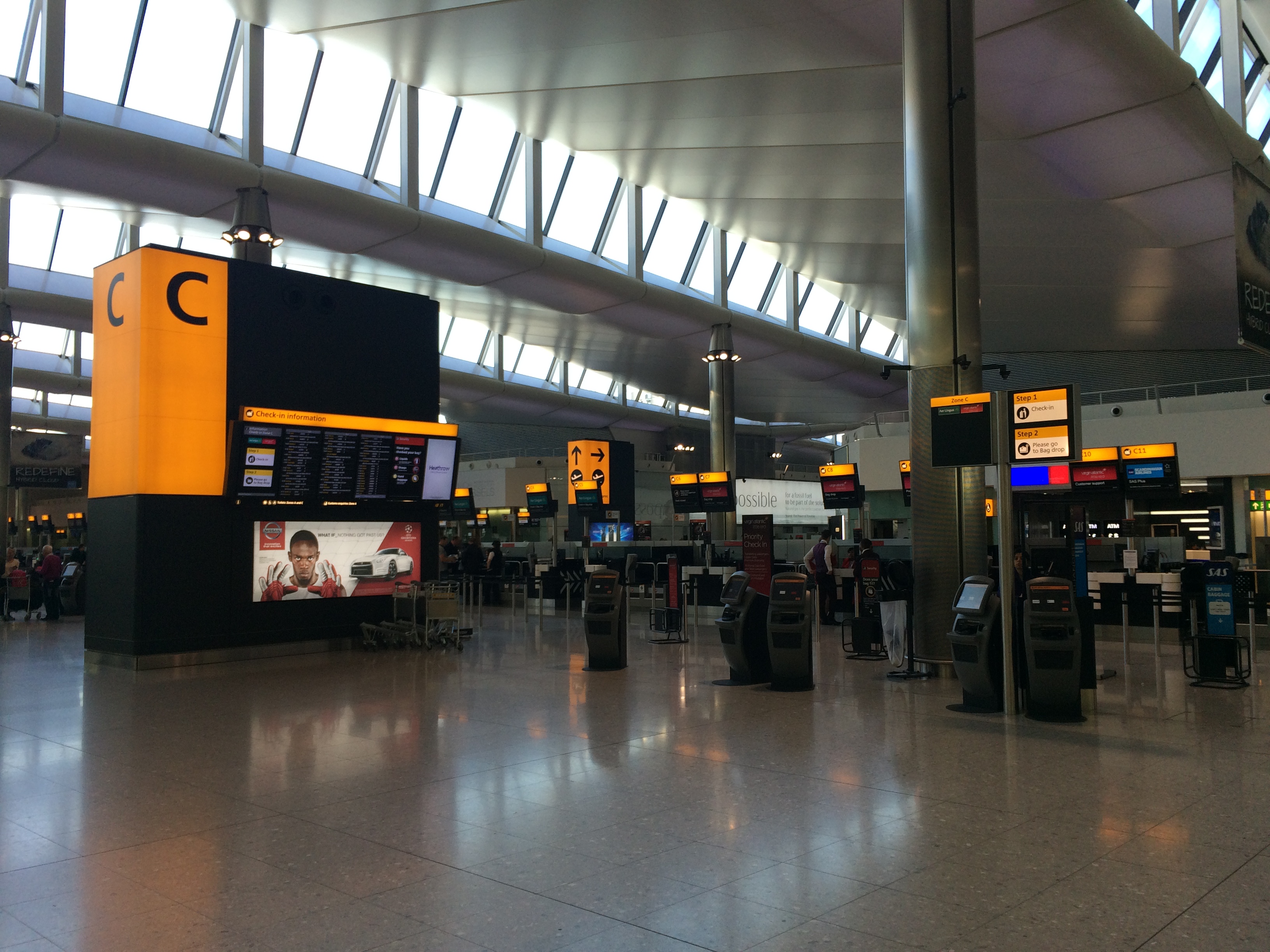

Earlier this year, Heathrow’s brand new £2.5 million Terminal 2 opened its doors to passengers in the latest stage of the airport’s quest to become the number one airline hub in the world.
It is the second major terminal to be built at Middlesex site in six years, but owners BAA were desperate to avoid a repeat of the disastrous first few days of Terminal 5 in 2008, which were plagued by technical glitches causing cancelled flights, lost baggage and the suspension of check-in.
Terminal 2 has benefited from vital lessons learned from that chaotic episode, especially with regards to the technology that powers it. The construction provided BAA with a chance to trial new technologies that could make the world’s busiest airport more efficient and ensure a more pleasant passenger experience.
“In 2007, IT was a provider of infrastructure but it was passive. Now IT is at the heart of everything we do,” explains Neil Clark, CIO of Heathrow. “Every one of our operational processes has some pretty complex IT driving them.
“We’ve had a great opening. Thank God IT hasn’t been a problem. We’re no focussing on how we can leverage that technology for new things.”
“How can we use this brand new facility to introduce a load of new technology?” was the first question that BAA asked during the planning process, says Clark, who claims the most obvious technological advance is the introduction of common check in, which allows passengers travelling with any airline can check-in at any desk.
“That’s a very different way of operating from any other terminal.”
Common check-in is made easier by the fact that 23 of the 26 airlines based at the terminal are members of Star Alliance – an organisation of 27 airlines including Lufthansa, Swiss and United Airlines – but self-check-in machines are also present throughout departures, while self-boarding gates have also been installed in some parts of the terminal.
The aim is to simplify the process of arriving and boarding a plane as much as possible and the building’s emphasis on natural light and open space is designed to make airports less intimidating and stressful – especially security.
“If you move into Terminal 2, you need to embrace a certain amount of automation to operate here,” says Clark, who explains that airlines are at different stages of this transition. East Asian airlines for example prefer face-to-face services, and automation has proved a culture shock.
“Wherever we could, we built and tested the technology off site,” says Clark.
Underpinning everything is an integrated network that powers key systems, provides information to staff and offers connectivity for passengers. Fujitsu has worked on the project for four years and delivered all of the network and communications infrastructure.
There are 130 communication rooms in Terminal 2, 420 Cisco switches with 11,000 systems patched onto them, 1,700 help telephones and 40 kilometres of copper and fibre cabling. Copper is still required because some common aviation systems are incompatible with fibre.
A test network was built off-site and every piece of equipment was assessed using this infrastructure as this is much easier to do than work around the physical construction of the airport. The components for the network were chosen six months into the planning process, but the design had to change as the terminal started to take shape.
Pillars and glass-facades that could impact the quality of wireless signals were erected and the Fujitsu team had to find ways of negating the impact.
“Ideally we’d liked to have started with 4G, but there was just too much to do,” explains Clark, who adds that Heathrow is working with operators to improve LTE coverage.
However passengers are provided with 45 minutes of free Wi-Fi, powered by the same core network as the rest of the terminal through a separate VLAN. It is this expectancy of good quality, free wireless connectivity that is one of the biggest changes from the design of Terminal 5 and Heathrow could increase the time and capacity afforded to travellers in the future.
“There are some real challenges in that in terms of managing it so that capacity isn’t completely swamped,” says Clark. “We’re looking to see if we could extend that.”
Fujitsu’s relationship with Heathrow has been so successful that the firm will work with the airport on its future cellular and radio projects and the airport is looking at other ways to use technology to improve the running of the airport.
There are 1,500 security cameras in Terminal 2 for security and operations purposes, but Clark’s IT team looking at ways of using these for crowd management. The airport is also increasingly embracing mobile devices as a way of providing real time information to staff.
A number of iPads have been deployed to staff, but Clark has not ruled using out Windows-based tablets and says he is looking at developing a BYOD strategy.
“Like many organisations, we’re still getting our head around [BYOD],” he says.
Zuckerberg seeks to revive Facebook's original spirit, as Meta launches Facebook Friends tab, so users…
Notable development for Meta, after appeal against 2021 WhatsApp privacy fine is backed by advisor…
First sign of shakeup under new CEO Lip-Bu Tan? Three Intel board members confirm they…
Trump's nominee for SEC Chairman, Paul Atkins, has pledged a “rational, coherent, and principled approach”…
After being 'retired' by Intel's board of directors, ex-CEO Pat Gelsinger has joined a VC…
President touts easing Chinese tariffs to facilitate TikTok sale, and also implements 25 percent tariff…